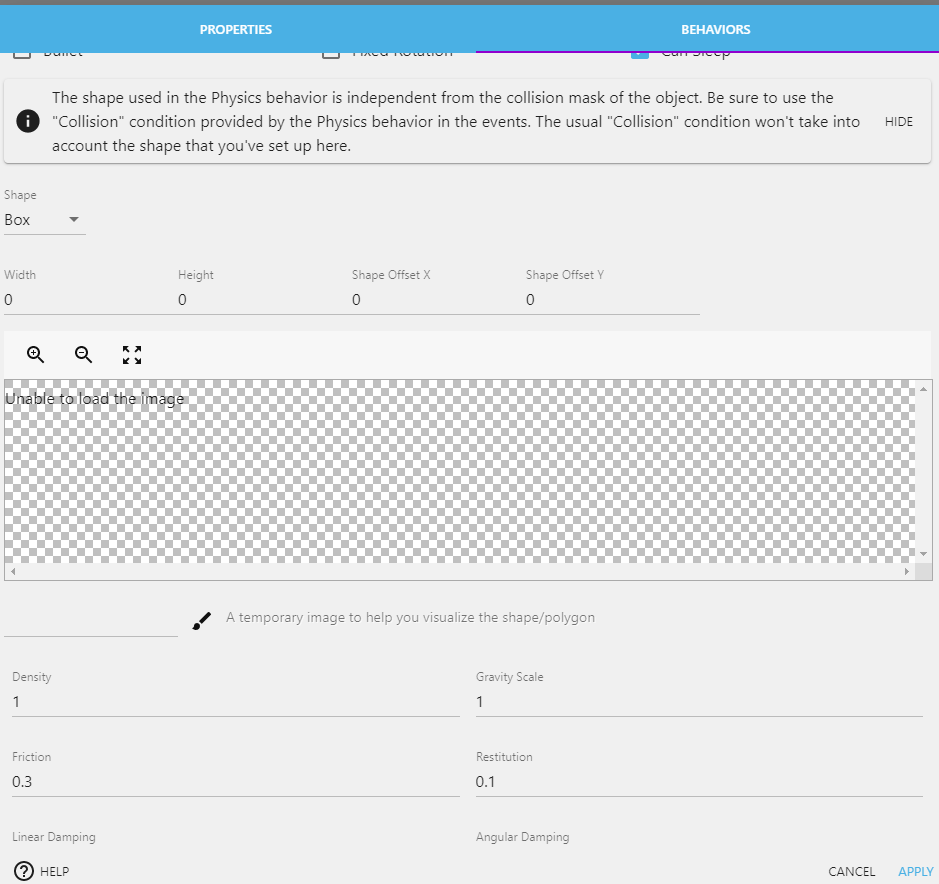

f) Ensure that your hash map functions correctly. e) Run remove (k) on the first 25 keys, followed by get (k) on each of the 50 keys.

d) Run get (k) on each of the 50 elements in data. c) Add all 50 entries from the data array to the map, using the put (k, v) method, of course. b) Heads-up: you should never use a non-prime hash table size in practice but do this for the purposes of this experiment.

Create a MyHashMap object using 100 as the initial capacity (N) of the hash map. void validate() must perform the forlowing: a) Create a local Java.util ArrayList (say, data) of 50 random pairs. Class HashMapDriver This class should include the following static void methods: 1. If any put (k, v) takes an excessive amount of time, handle this with a suitable exception.
#LIQUID WAR HANDLING COLLISIONS MOD#
Abstract Class AbsHashMap This abstract class models a hash table without providing any concrete representation of the underlying data structure of a table of "buckets." (See pages 410 and 417.) The class must include a constructor that accepts the initial capacity for the hash table as a parameter and uses the function h (k)= k mod N as the hash (compression) function. An override for class Object's compression function public int hashCode (), using any of the strategies covered in section 10.2.1 (Hash Functions, page 411). The value component of the pair may be supplied as a parameter or it may be generated randomly, depending on your choice of the Value type. A constructor that generates a new Entry object using a random integer (key). Your class must include the following methods. Specifically, Key is of type integer, while Value can be any type of your choice. This will be a non-generic implementation. (The ratio λ = n/N is called the load factor of the hash table, where N is the hash table capacity, and n is the number of elements stored in it.) Class Entry Write a class Entry to represent entry pairs in the hash map. List is undoubtly the place to start with.In this assignment you will implement a map using a hash table, handling collisions via separate chaining and exploring the map's performance using hash table load factors. There are also other mailing lists but the main discussion

You're welcome to join it if you are interested in the game and want to participate or simply ask questions about it. If you don't know where to start, read the user's manual. Liquid War 6 is blessed with really intensive documentation, descriping even the most ubscure. Bug-fix release, networkĬonnection works only at a prototype stage. If you really can't view the video, please consider installing an Ogg Theora player,
#LIQUID WAR HANDLING COLLISIONS DOWNLOAD#
You can also download the video in the following formats:


 0 kommentar(er)
0 kommentar(er)
